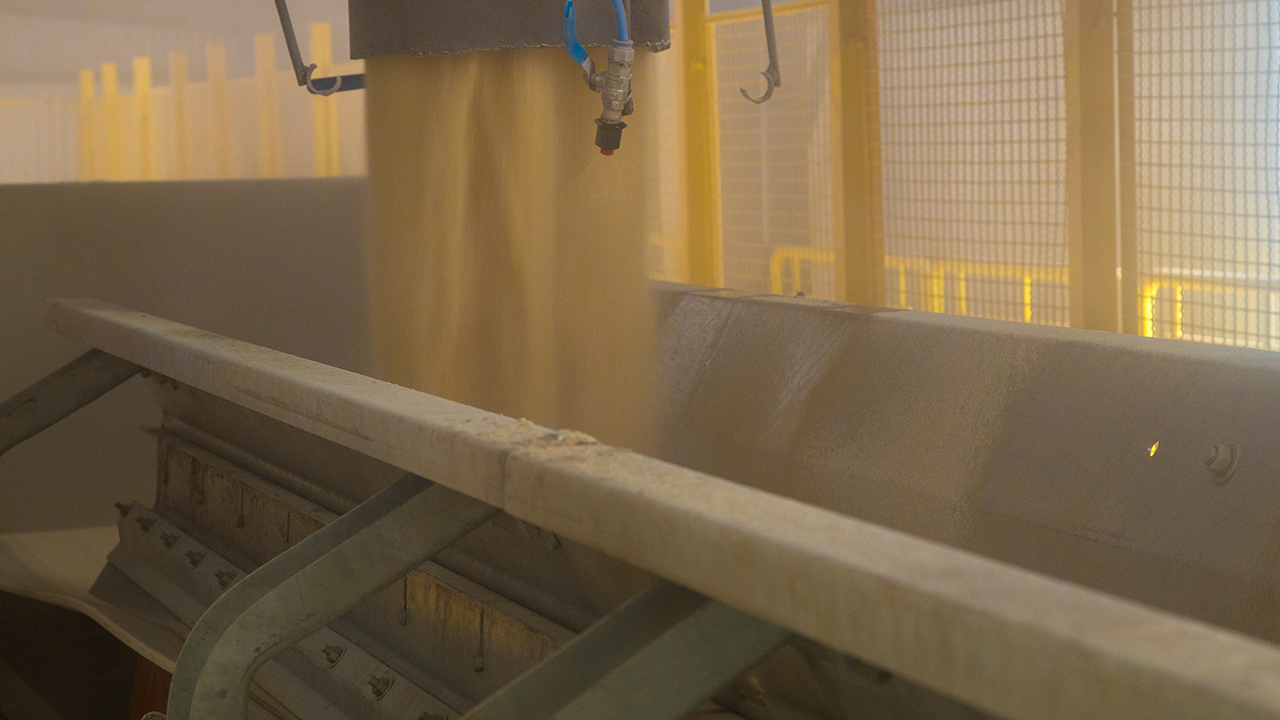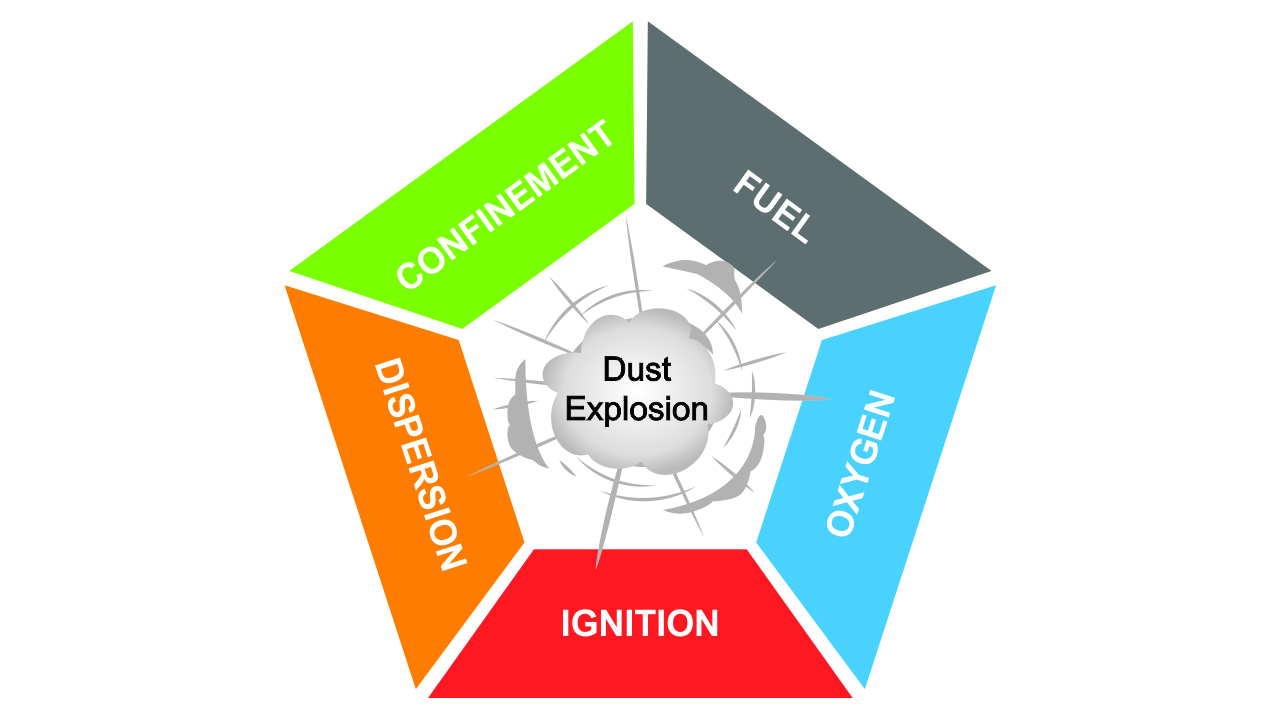Dust Hazard Analysis
CCI’s licensed Fire Protection Engineers and Certified Safety Professionals are experts in identifying and mitigating combustible dust and solid particulate hazards in facilities. Our special hazards team specializes in operations that manufacture, process, blend, convey, repackage, generate, or handle these hazards.
In accordance with NFPA 652, existing processes must have a Dust Hazard Analysis completed by September 7, 2020. The Dust Hazard Analysis must be updated every 5 years, or when the process is modified.


Services
- Site survey to determine locations where combustible dusts are generated or present as part of any process.
- Identify possible hazards affiliated with heat generation, electrical equipment, and dust collection systems, for use in preparing a Dust Hazard Analysis (DHA) for facilities.
- Collect samples of dusts in the areas where potential hazards are identified and facilitate necessary testing and subsequent evaluation.
- Review and evaluate existing housekeeping procedures and provide recommendations for improvements, if needed.
- Preparation of a comprehensive DHA in accordance with NFPA 652 which can then be submitted to the Authority Having Jurisdiction for review and approval.
The CCI Advantage
Expertise: Extensive knowledge and experience in identifying and mitigating dust hazards.
Responsiveness: Understanding client schedules, regulations, and Authorities Having Jurisdiction (AHJ) objectives to provide solutions in a timely manner.
Communication: Professional approach when negotiating client objectives and documentation for solidifying proposed dust hazard concepts.
Solutions: Creative, ‘outside the box’ thinking in identifying issues, generating solutions, and implementation criteria.
Documentation: Experts in developing DHA’s for AHJ’s to approve the control of dust hazards.
Cost Effective: Multiple options are provided to reduce upfront and future maintenance expenses with documentation of equipment concerns, heat sources, cleaning schedules, and procedures.
